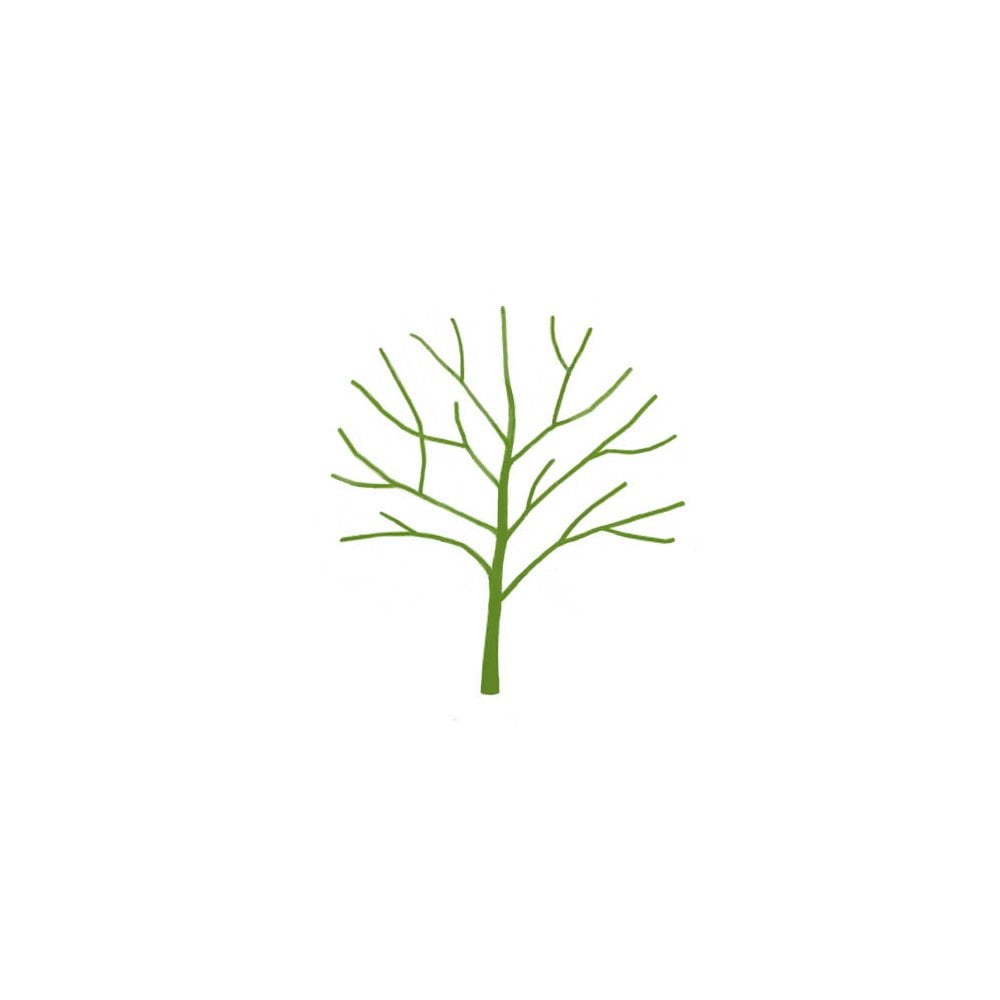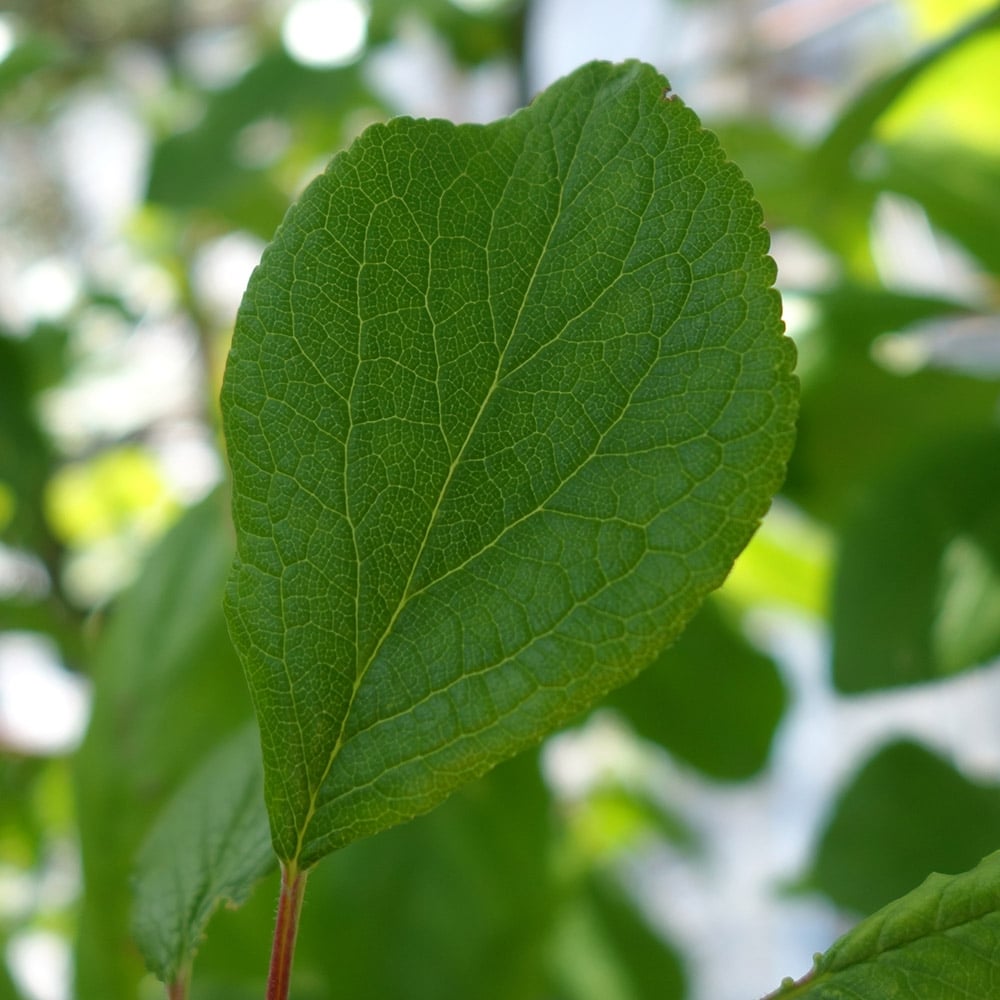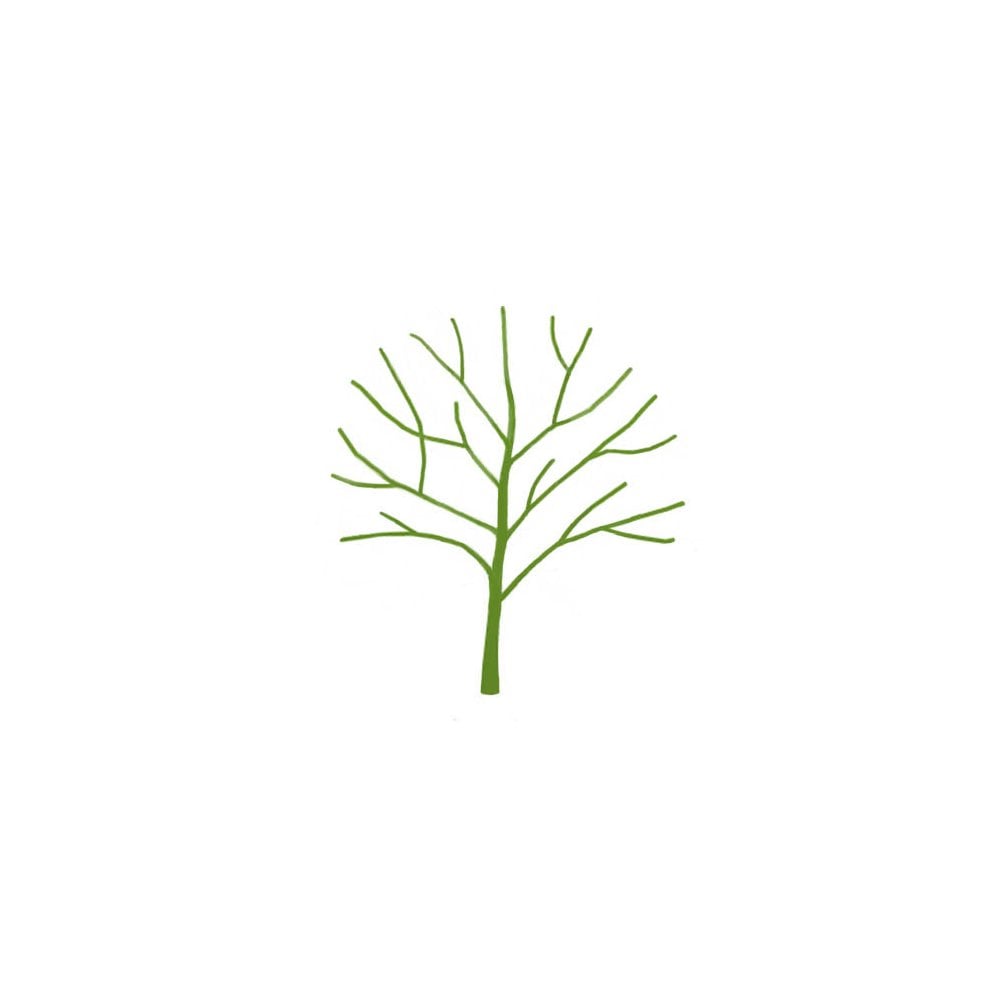Jubilee Plum Tree
Jubilee Plum Tree
Dual Purpose Eating & Cooking Plum Trees

Jubilee Plum Tree
Dual Purpose Eating & Cooking Plum Trees




Key features




Description
Jubilee or Jubileum Plum trees produce reddish-purple plums with an excellent, balanced, sweet flavour. They can be eaten fresh or used in cooking for pies, jams, bottling and more! Jubilee is similar to the very well known Victoria Plum, but with a better flavour and slightly larger size.
Jubilee Plum trees are easy to grow and self fertile, which means they require no pollination partner. They crop in August, around a week earlier than Victoria.
Prunus domestica 'Jubileum' plum tree originated from Sweden in the 1950's.
| Small shrubs (1-3) | Young trees & 4+ small shrubs | Select semi-mature trees & shrubs (1-4) | All other mature trees (any quantity) | |
|---|---|---|---|---|
| Mainland UK ex. Scottish Highlands | £10 | £12 | £35 | from £55 |
| Scottish Highlands & the Islands | From £30 | |||
| Outside Mainland UK | Currently we are unable to deliver outside of Mainland UK | |||
Product Details
Key features




Description
Jubilee or Jubileum Plum trees produce reddish-purple plums with an excellent, balanced, sweet flavour. They can be eaten fresh or used in cooking for pies, jams, bottling and more! Jubilee is similar to the very...
Jubilee or Jubileum Plum trees produce reddish-purple plums with an excellent, balanced, sweet flavour. They can be eaten fresh or used in cooking for pies, jams, bottling and more! Jubilee is similar to the very well known Victoria Plum, but with a better flavour and slightly larger size.
Jubilee Plum trees are easy to grow and self fertile, which means they require no pollination partner. They crop in August, around a week earlier than Victoria.
Prunus domestica 'Jubileum' plum tree originated from Sweden in the 1950's.
Planting & Care
Delivery Information
| Small shrubs (1-3) | Young trees & 4+ small shrubs | Select semi-mature trees & shrubs (1-4) | All other mature trees (any quantity) | |
|---|---|---|---|---|
| Mainland UK ex. Scottish Highlands | £10 | £12 | £35 | from £55 |
| Scottish Highlands & the Islands | From £30 | |||
| Outside Mainland UK | Currently we are unable to deliver outside of Mainland UK | |||
MORE TO GROW YOUR GARDEN























